Kim Frisbie on gardening: Fragrance at dusk, spring flowers and invasives
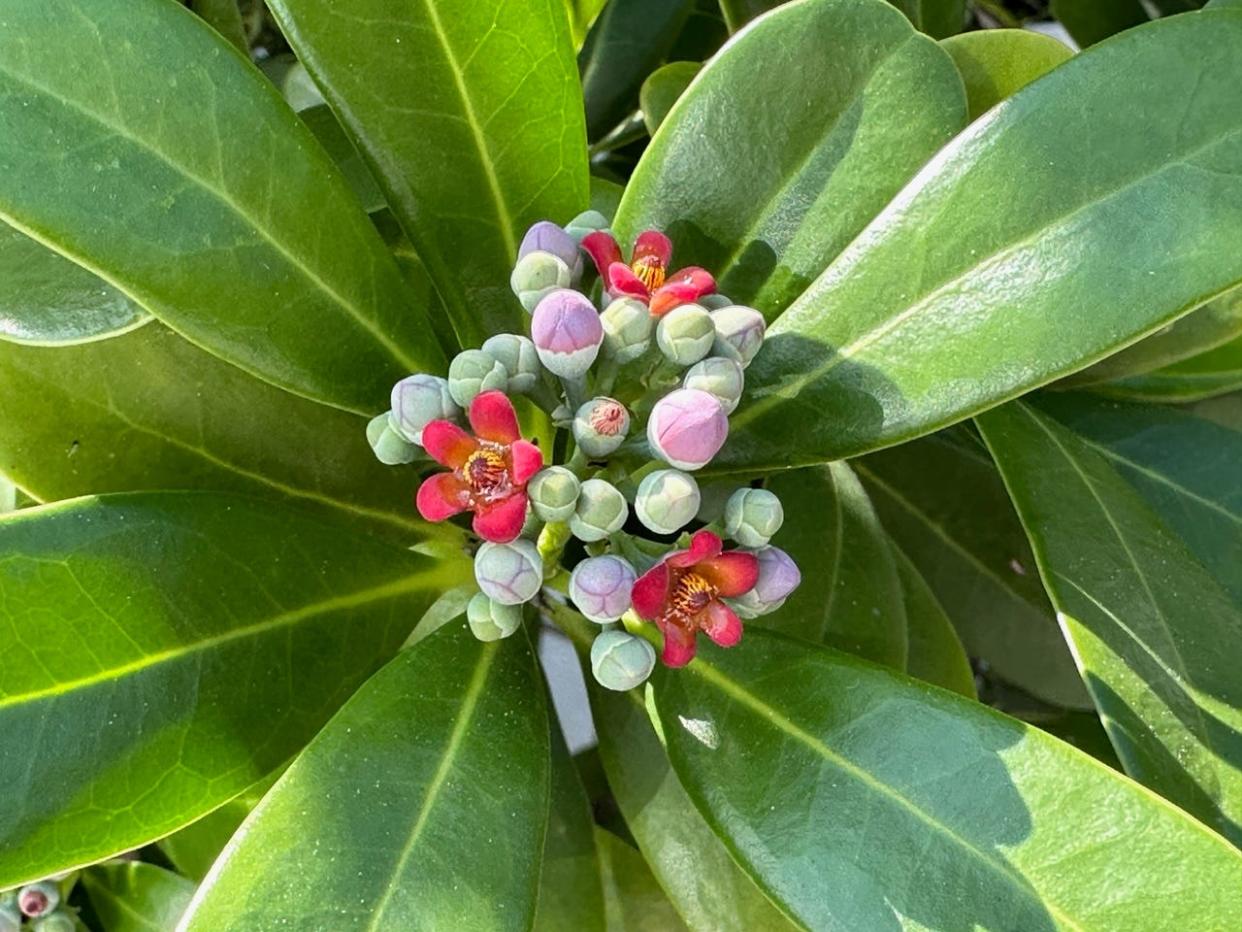
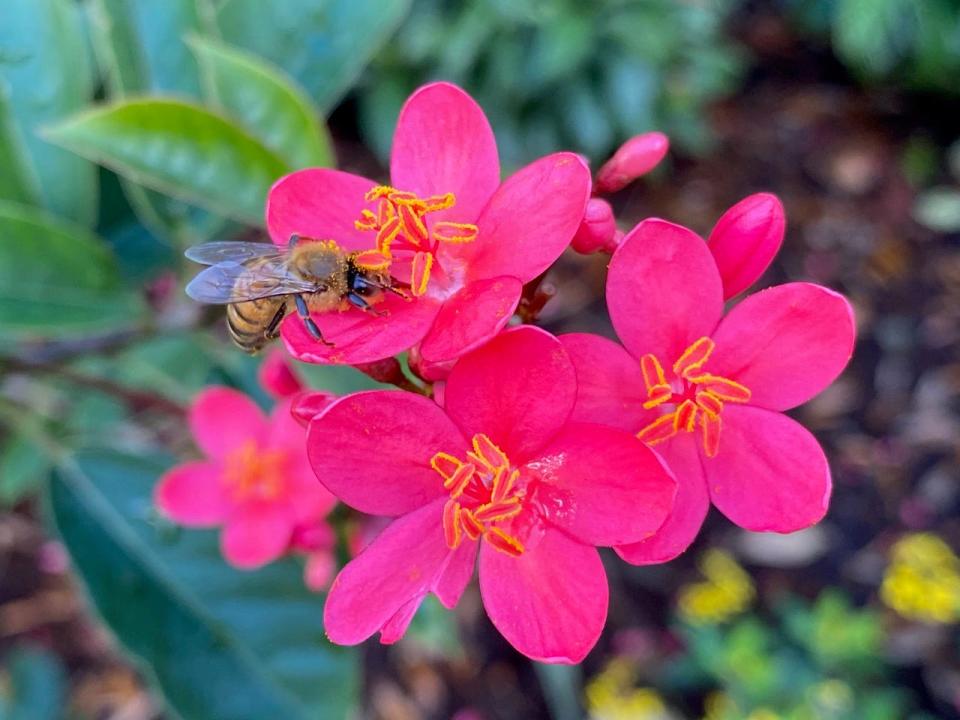
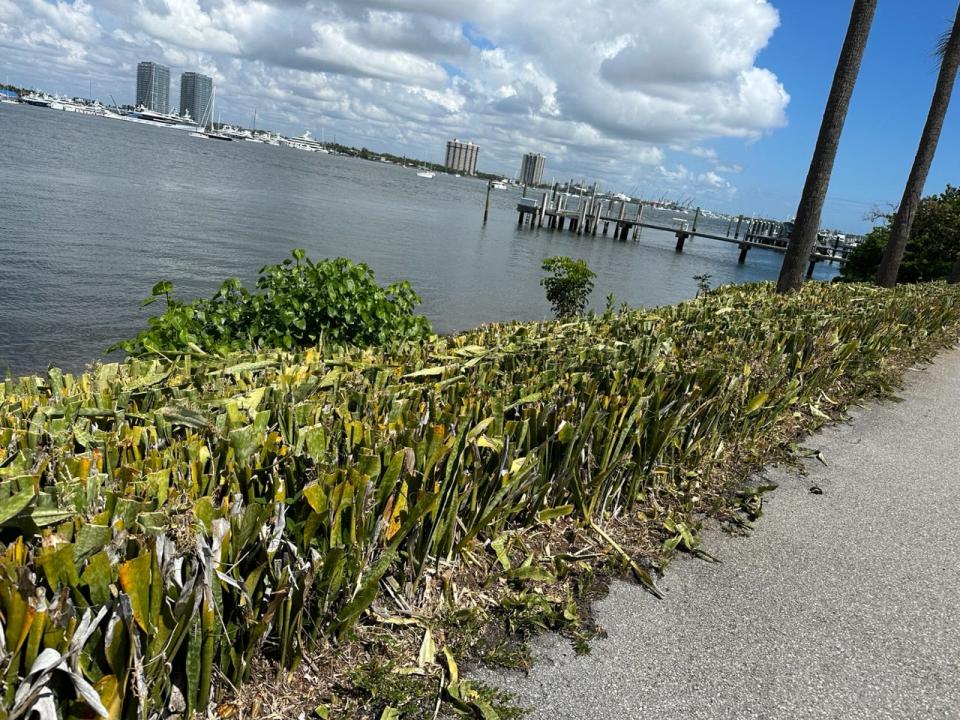
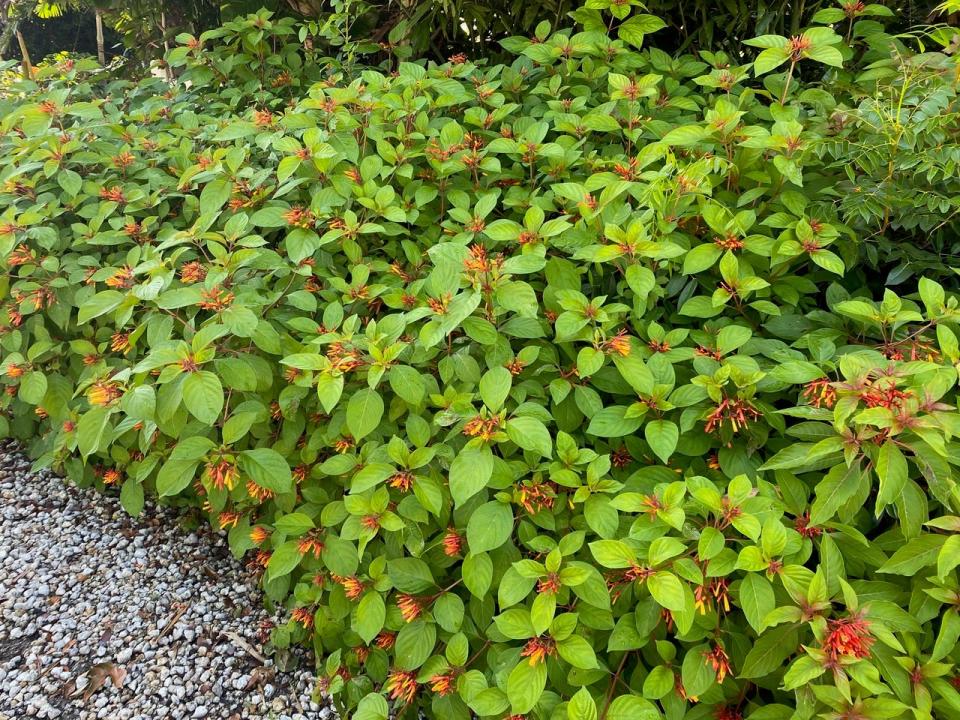
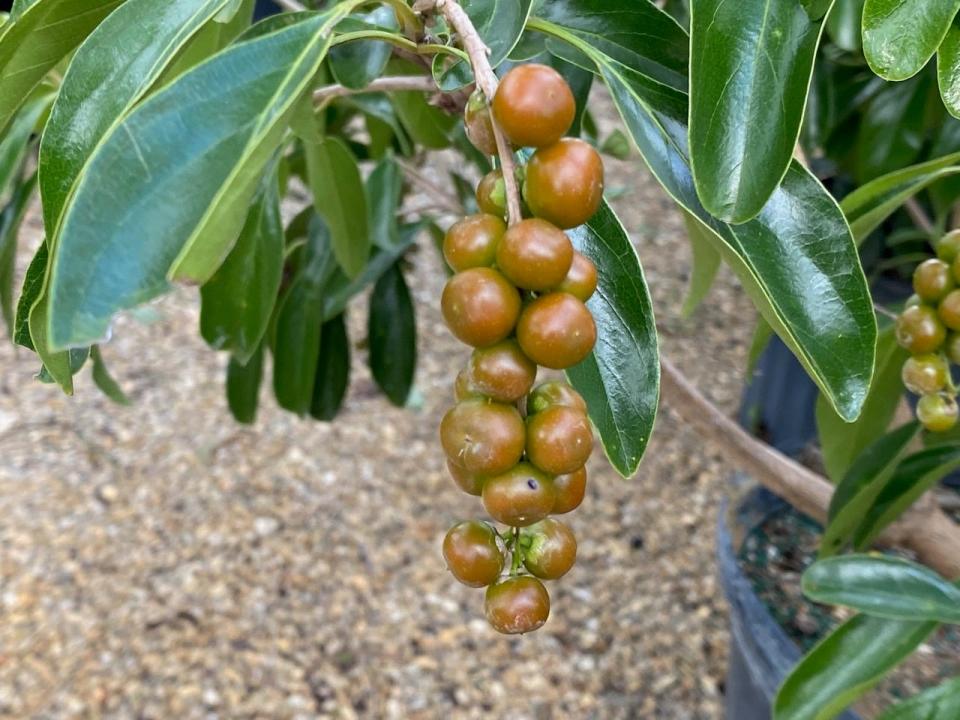
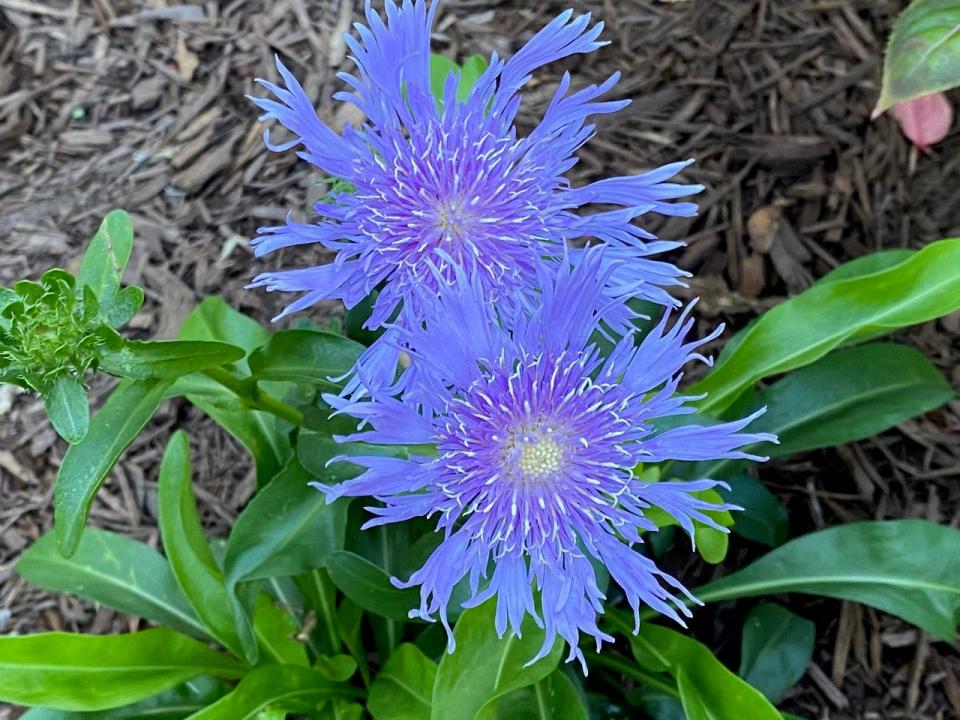
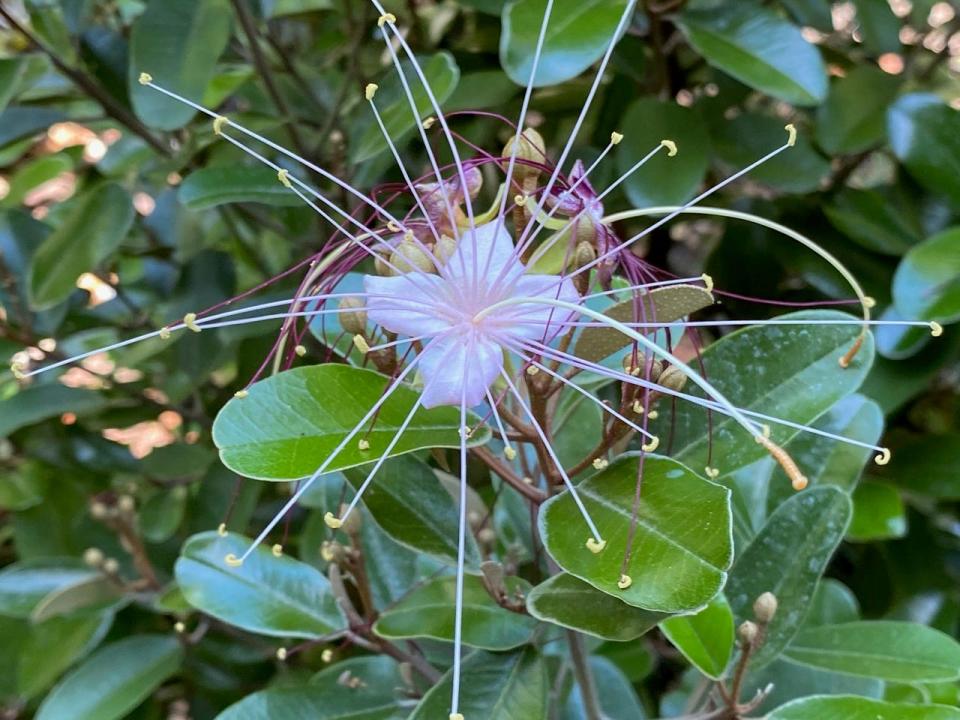
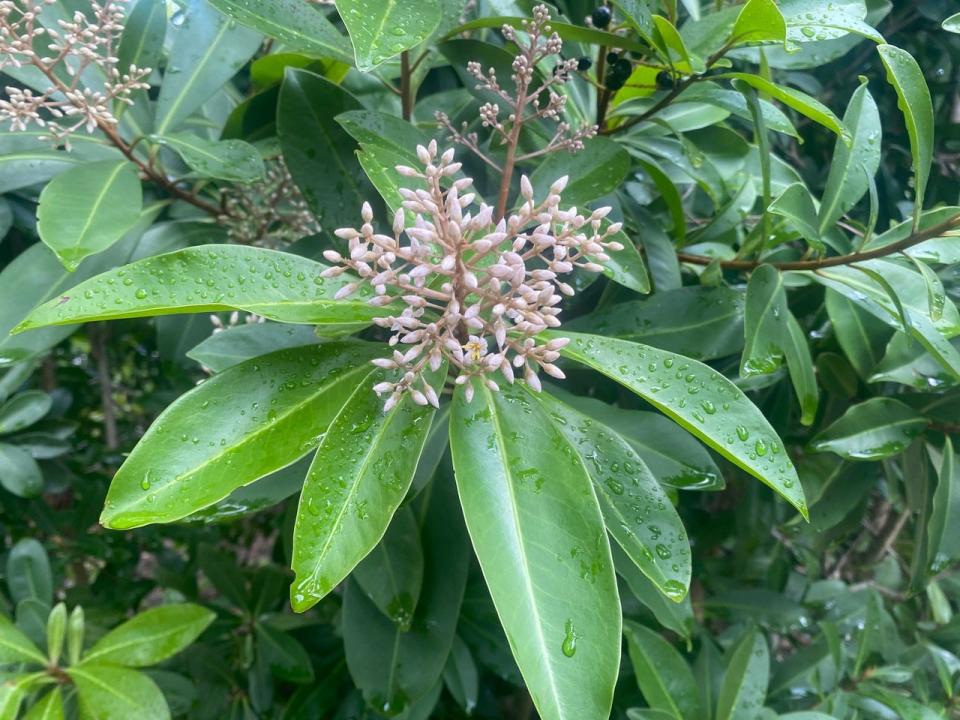
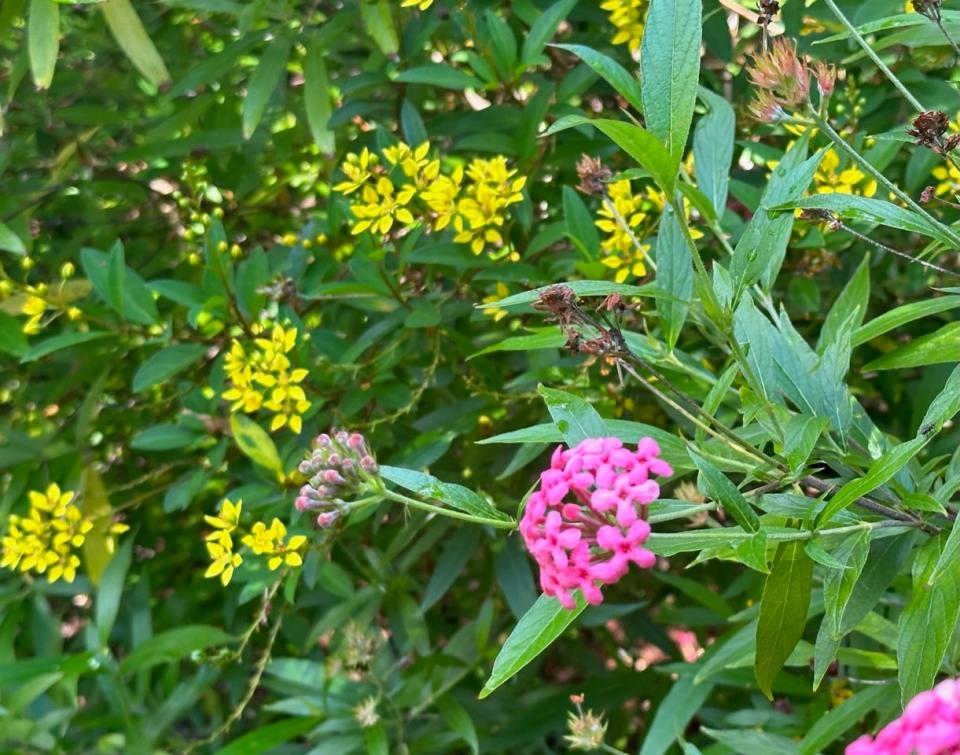
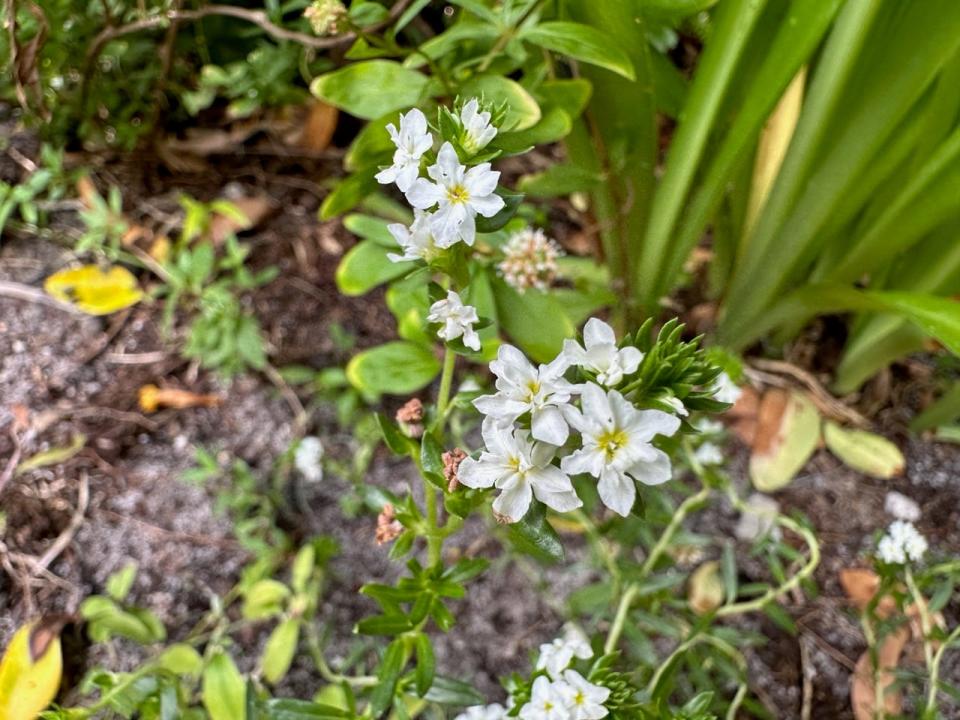
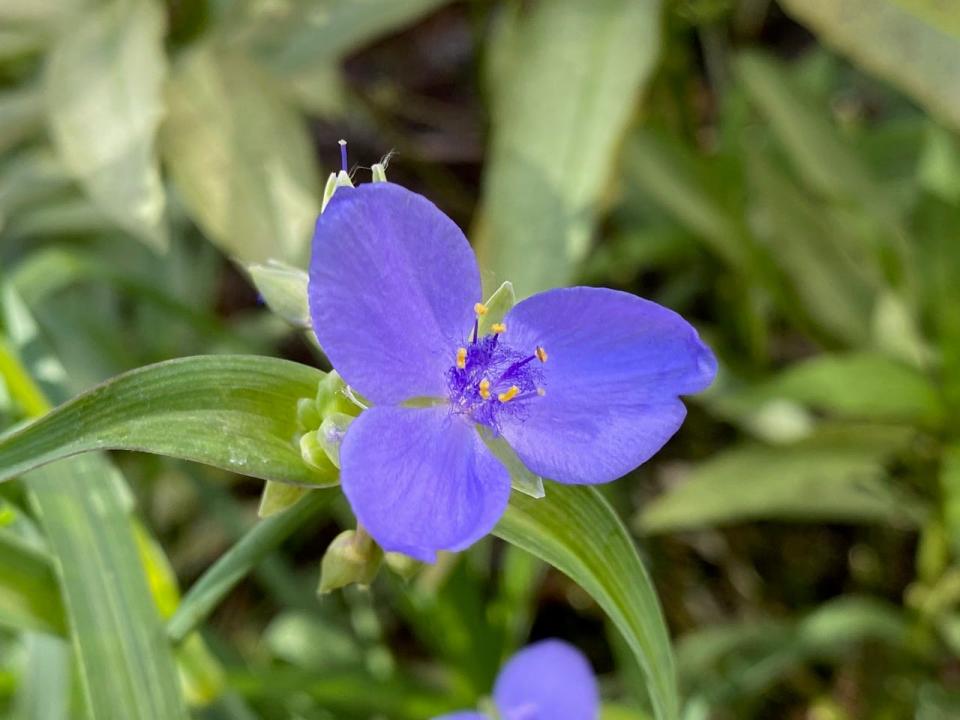
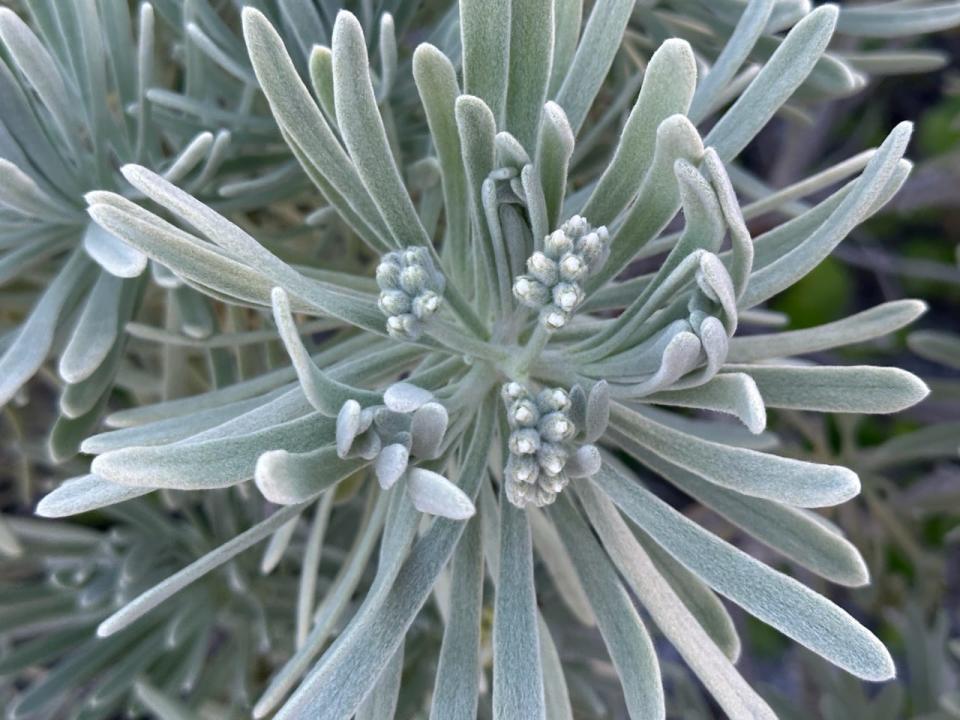
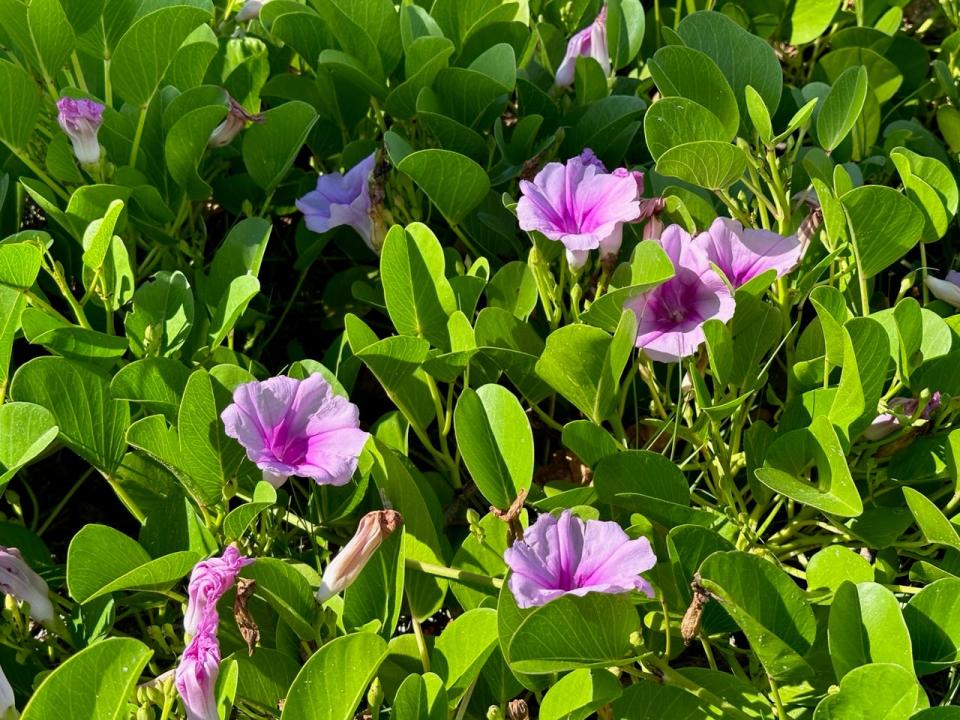
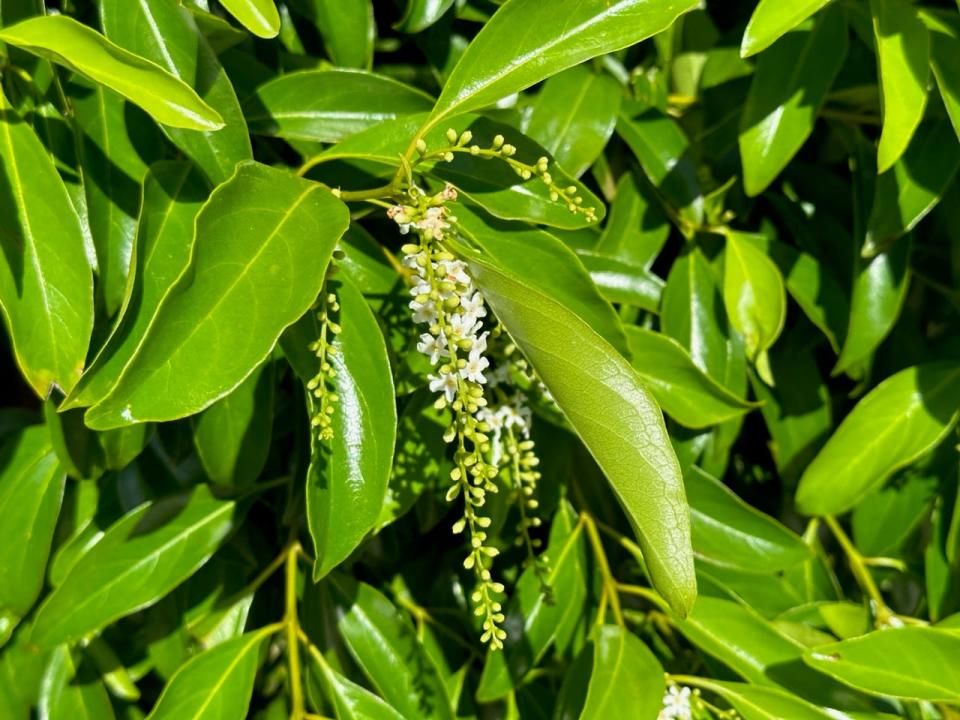
There is no better time, in my mind, than dusk in the garden, especially when surrounded by the wonderful scents of jasmine, brunfelsia, gardenia, or sweet almond bush. While these are all Florida-friendly plants, not natives, their fragrances are so intoxicating they all deserve spots in our gardens.
But there are also many native plants producing fragrant blossoms at this time of year. How many of you have ever stopped to smell the bright white flowers of fiddlewood? Or the subtle but softly sweet fragrance of Simpson's stopper? Wild coffee has lovely fragrant white flowers, as do marlberry and white indigo berry. And wild lime is another must-have for sweet scent.
Gardens may entice you with their colorful hues, but fragrance will pull you in before you even see any flowers. So, here are the merits of some wonderfully fragrant natives:
Fiddlewood (Citharexylum fruticosum) is a fabulous small tree, growing 15-20 feet, that works beautifully in a mixed hedge with green buttonwood and Simpson's stopper. The glossy green foliage makes a perfect foil for the sparkling white flowers that appear in clusters from the leaf axils. The sweet fragrance is an added bonus.
Simpson's stopper (Myrcianthes fragrans) is one of our very best small native trees, with the trifecta of ornamental bark, fragrant flowers, and bright red-orange berries loved by birds. This works equally well as a single specimen or grown in a hedge with other stoppers or with a variety of different natives such as pigeon plum, satin leaf, silver buttonwood and cinnamon bark. The glossy green foliage is stunning and new growth is tinged with orange, making a lovely display. Happy in shade or sun, this should be a staple of every garden.
Marlberry (Ardisia escallonioides) is another wonderful evergreen shrub or small tree, reaching a height of 20 feet. This prefers shade, so is very useful in screening or as a background to other shrubs. It works nicely against the bare walls of a home where there may not be enough sun for a trellis. Clusters of fragrant white flowers attract butterflies and the shiny purplish black berries that follow are sought by local birds. This is another must-have for any Florida landscape.
White indigo berry (Randia aculeata) is a medium-sized shrub that is too rarely seen. A relative to the gardenia, its tubular white flowers have a wonderful fragrance and the white berries that follow are equally lovely. These enclose an indigo-blue pulp and birds flock to them. The flowers provide nectar for swallowtail butterflies, and this is the larval host for the tantalus sphinx moth. This makes a terrific specimen or accent plant or works well in a mixed border. Drought resistance and salt tolerance makes it ideal on a beachfront property.
Wild lime (Zanthoxylum fagara) is in the citrus family and its small greenish flowers have a wonderful citrusy fragrance. Its dense spiny branches provide habitat and readily discourage unwanted traffic, making it a perfect screening plant with other natives in a mixed hedge. This is the larval host plant for the giant swallowtail and Schaus' swallowtail and a nectar source for numerous other butterflies; birds and wildlife feast on the berries.
We may not have the colorful spring extravaganza of the Northeast, but there are so many wonderful plants in bloom right now — I can’t wait to explore each morning to see what’s popped open.
Blue-hued Stokes' aster (Stokesia laevis) and lavender-blue spiderwort (Tradescantia) look wonderful next to the bright yellow flowers of coreopsis, rudbeckia, and narrow-leaf yellowtops (Flaveria linearis).
Edging the grass, the white flowers of pineland heliotrope mingle with the blues of ageratum, Florida petunia, and blue porterweed. On the next level, low bushes of Bahama senna are covered with yellow blossoms, next to pink Panama rose and yellow thryallis. These are framed by the brilliant reds of firespike and the deep pinks of jatropha. Along the border, Jamaican caper blossoms explode like fireworks and orangey red tubular flowers of firebush (Hamelia patens var. patens) entice hummingbirds while adding to the colorful mix.
One of my very favorites is the flower of the wonderful cinnamon bark tree (Canella winterana). This state-listed endangered species attracts numerous butterflies and pollinators while its fruit and foliage provide food and shelter for birds and wildlife. It makes a wonderful specimen tree, growing to 30 feet, or mixes well in a native hedge. The fragrant foliage and bark add to its many attributes, and it is salt- and drought-tolerant as well. Give this small tree a spot of honor in your landscape!
Finally, a word about invasives:
If you drive up to the North End of Palm Beach along the Intracoastal, you’ll see a wide swath of open ground across from the Palm Beach Country Club riddled with long stretches of sansevieria, also known as snake plant or mother-in-law’s tongue. This level-one invasive from Africa not only chokes out the natives that should be here, but also its roots are ripping up the edges of the Lake Trail bike path. In an effort to keep it in check, the tops of the plants are shaved off, turning these already unattractive specimens into something quite hideous.
The Country Club along with the town could set a wonderful example for the rest of the community by replacing these invasives with mangroves, buttonwoods, sea grape, sea lavender, ernodia, railroad vine (Ipomoea sp.) and other native species to create a beautiful, sustainable living shoreline. This would buffer the coast from winds and tidal surge while providing habitat for fisheries and restoring water quality.
Mangroves are essential to Florida’s ecosystems through their intricate root systems, which can survive in salt water while trapping nutrients on which oysters, sponges and other marine life feed, eliminating potential algal blooms. They provide habitat for birds and wildlife and collect and store three times more carbon than other plants. Palm Beachers would do well to learn more about these vital components of our tropical environment.
My mom introduced me to gardening at a tender age and often reminded me to slow down and smell the roses. I, of course, rarely paid attention, but eventually came to appreciate her advice.
Take time to just enjoy your gardens. Learn the names of your different plants, watch how they grow and the different stages of their foliage and flower development, and discover the birds and pollinators they attract. Respect the pace of nature, whose key is patience.
Mom passed last week at age 95, but she’ll always endure in my garden, now bursting with blossoms, birdsong, and butterflies. Thanks for everything, Mom.
This article originally appeared on Palm Beach Daily News: Gardening in Palm Beach: Fragrance at dusk, spring flowers and invasives

